On the occasion of the 50th anniversary of this important event, Hanoi Moi Newspaper respectfully introduces the series of articles: "Celebrating the 50th Anniversary of the Liberation of the South and National Reunification (April 30, 1975 - April 30, 2025): Historical milestones of the Great Spring Victory of 1975".
With a documentary perspective combined with in-depth analysis, the series of articles recreates the strategic decisions and indomitable spirit of our army and people, creating a resounding victory, liberating the South, and unifying the country. Thereby, arousing pride and responsibility in the work of building and defending the Fatherland today.
Lesson 1: The Central Highlands Campaign - The victory that opened the General Offensive and Uprising
In the 1975 Spring General Offensive and Uprising, the victory in the Central Highlands was the opening feat, fundamentally changing the balance of forces and strategic position between us and the enemy throughout the South. The victory of the campaign created a decisive turning point, developing our strategic offensive into a General Offensive and Uprising throughout the South, which was the basis for the Politburo to promptly supplement the determination to liberate the South in 1975.

Liberation Army tanks enter Buon Ma Thuot town, March 17, 1975. Photo: VNA
Decision to launch the campaign with the code name "Campaign 275"
Grasping the revolutionary opportunity, from December 18, 1974 to January 8, 1975, the Politburo met to decide on the strategic determination to liberate the South, in which the Southern Central Highlands was the main strategic direction in the 1975 General Offensive.
On January 9, 1975, the Central Military Commission Standing Committee met to disseminate and implement the Politburo Resolution on the Central Highlands campaign. At the conference, the intention to liberate Buon Ma Thuot was clearly formed and it was officially decided to launch the Central Highlands campaign with the code name "Campaign 275".
The Politburo and the Central Military Commission decided to establish the Party Committee and Command of the Central Highlands Campaign, with Lieutenant General Hoang Minh Thao assigned as Commander; Colonel Dang Vu Hiep as Political Commissar and Secretary of the Party Committee of the Campaign. The Regional Party Committee of Zone 5 assigned Comrade Bui San, Deputy Secretary of the Regional Party Committee, and Comrade Nguyen Can, Secretary of the Dak Lak Provincial Party Committee, to accompany the Party Committee and Command of the Campaign to directly direct the provinces to closely coordinate with the main force in preparation as well as in combat. The representative unit of the Military Commission and the General Command, chaired by General Van Tien Dung, was also located in the Central Highlands to directly command the Campaign.
Implementing the combat plan, on March 4, the Central Highlands campaign opened fire on the enemy. After a number of battles to create a position and to feint the campaign, on March 10 and 11, our army attacked with the combined strength of the armed forces to liberate Buon Ma Thuot town. This was the key battle of the campaign, a battle that "hit the right spot", disrupting the strategic command and overturning the enemy's defensive position in the Central Highlands, opening the General Offensive and Uprising in the Spring of 1975.
From March 14 to 18, our army fought the second key battle, crushing the counterattack of the puppet 2nd Corps, creating a strategic division of the enemy, pushing the enemy in the Central Highlands into a state of collapse.
From March 17 to 24, our army fought the third key battle, pursuing and destroying the enemy army group retreating on Highway 7; liberating Kon Tum, Gia Lai and the entire Central Highlands.
From early April 1975, we continued to develop down to the Central Coast, destroying the 3rd Airborne Brigade, the 40th Infantry Regiment, the 24th Special Forces Group, liberating the provinces of Binh Dinh, Phu Yen, and Khanh Hoa.
By March 24, 1975, the Central Highlands campaign ended in victory. As a result, we destroyed and disintegrated the 2nd Corps of the Saigon puppet army's 2nd Military Region, eliminated from combat more than 28,000 enemy troops, captured and destroyed 154 aircraft, 1,096 military vehicles, 17,188 guns and artillery of various types, liberated 5 provinces: Kon Tum, Gia Lai, Dak Lak, Phu Bon, Quang Duc and a number of Central provinces.
Developments in military art
The art of the Central Highlands campaign had a very high level of development compared to previous campaigns, in which the art of choosing the main direction and target of attack and the art of deception to deceive the enemy were the most successful lessons.
Choosing Buon Ma Thuot to start the Central Highlands campaign, we “hit the right acupoint”, attacking the enemy’s most vulnerable areas. By capturing Buon Ma Thuot, we had the opportunity to open up directions and develop tactical advantages; advancing south along Highway 14, we could threaten the Southeast; advancing east, we could cut the South in half, threatening the coastal provinces of the Central region and Cam Ranh military port; advancing north, we could threaten Pleiku and Kon Tum. Compared to Pleiku and Kon Tum, the terrain in Buon Ma Thuot was relatively flat, allowing us to use the combined arms strength to break through to important targets. Furthermore, by attacking Buon Ma Thuot, we concentrated 3-4 times more forces than the enemy to win the opening battle.
Western strategists commented: “Just choosing the right place (Buon Ma Thuot) as the breakthrough point was genius”. The French newspaper The World, published on March 21, 1975, wrote: “It only took one battle, the battle of Buon Ma Thuot, to cause large parts of the Nguyen Van Thieu regime to collapse. It turns out that Buon Ma Thuot had the momentum of a turning point in the 30-year conflict”. The British newspaper Kinh Te (Economics) published on March 23, 1975, wrote: “Without Buon Ma Thuot, Thieu would not be able to keep the Central Highlands”.
The second big lesson is the strategy of feints, deceiving the enemy, creating a situation, and maintaining the initiative in the campaign. In the Buon Ma Thuot campaign, we carried out a very elaborate feint plan. In 1975, the enemy thought that we did not have enough conditions to fight a big battle in the Central Highlands, especially that we could not bring tanks across the Serepok River to attack Buon Ma Thuot town. We promptly discovered and thoroughly took advantage of that mistake of the enemy. From changing and transferring troops to feints, attacking as strongly as if we were really fighting, making the enemy believe that we were attacking the Northern Central Highlands. Meanwhile, we only left the 968th Division in the Northern Central Highlands to hold back and feint to attract the enemy in Pleiku - Kon Tum, secretly sending 3 divisions 10, 320, 316 to the South to suddenly cross the Serepok River and break into Buon Ma Thuot.
It is also the art of secret surprise, concentrating forces to create a superior position to the enemy in the main area and target. In the Central Highlands campaign, we conducted 3 excellent key battles, each battle had different conditions and opportunities, but in the end we all won.
In the key opening battle of Buon Ma Thuot, we concentrated 3 to 4 times more than the enemy, continuously attacking the enemy with the combined strength of arms. Therefore, although the enemy in the town had 8,000 soldiers, our army created a battle formation that divided and isolated the enemy into many clusters, making it impossible for them to resist and difficult to rescue each other, so they were completely destroyed and captured.
In the key battle against the 23rd Airborne Division, although our forces and the enemy's were roughly equal, we created a superior position. When the enemy troops first landed, we launched a preemptive attack, dividing the enemy into many groups and finally concentrated on delivering a decisive blow at Phuoc An to quickly gain victory.
In the pursuit on Highway 7, although the enemy force was many times larger, with a determined and brave spirit, our army continuously attacked, causing the enemy to be divided, defeated, retreating in chaos and suffering a miserable defeat.
The art of the Central Highlands campaign deeply reflects the ideology and viewpoint of the Vietnamese people's war in the Ho Chi Minh era, inheriting the traditional experiences of wars, fully converging the elements that make up the art of the campaign, creatively developing and expressing at a high level the art of the Vietnamese campaign.
The art of the Central Highlands campaign was also an integral part of the art of strategic warfare in the Spring War of 1975. In 1975, the campaigns and combat operations were closely coordinated and coordinated according to a unified plan to achieve the goals set by the General Command. Therefore, the victory of the Central Highlands campaign was first and foremost in the strategic plan of the General Command. That was to pin the enemy at the two ends of Saigon and Hue - Da Nang, forcing the enemy to be vulnerable in the Central and Central Highlands, creating a position for the Central Highlands campaign.
The victory in the Central Highlands was the starting point leading to the disintegration and strategic collapse of the enemy, creating favorable conditions for our army and people to move to the General Offensive and Uprising that developed like a storm to completely liberate the South.


![[Photo] Prime Minister Pham Minh Chinh chairs meeting on science and technology development](https://vphoto.vietnam.vn/thumb/1200x675/vietnam/resource/IMAGE/2025/5/17/ae80dd74c384439789b12013c738a045)
![[Photo] Readers line up to visit the photo exhibition and receive a special publication commemorating the 135th birthday of President Ho Chi Minh at Nhan Dan Newspaper](https://vphoto.vietnam.vn/thumb/1200x675/vietnam/resource/IMAGE/2025/5/17/85b3197fc6bd43e6a9ee4db15101005b)
![[Photo] More than 17,000 candidates participate in the 2025 SPT Competency Assessment Test of Hanoi National University of Education](https://vphoto.vietnam.vn/thumb/1200x675/vietnam/resource/IMAGE/2025/5/17/e538d9a1636c407cbb211b314e6303fd)





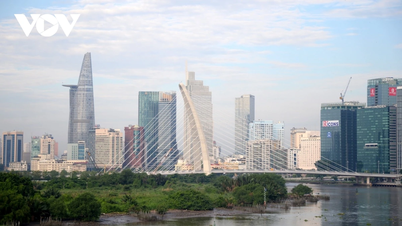



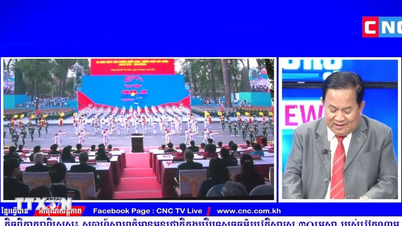

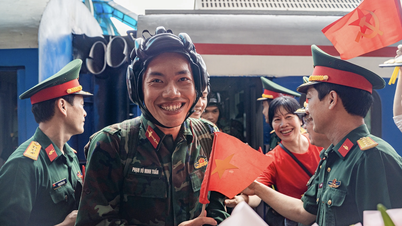

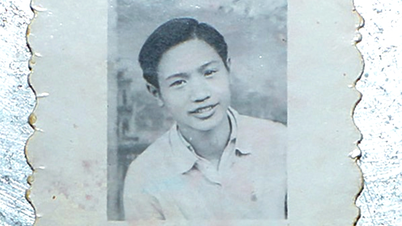
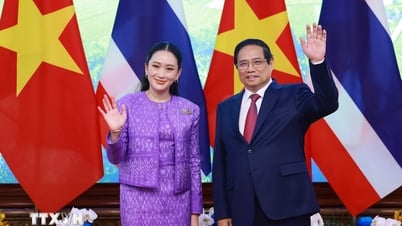
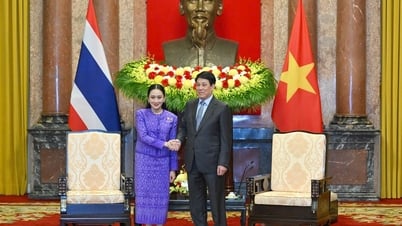

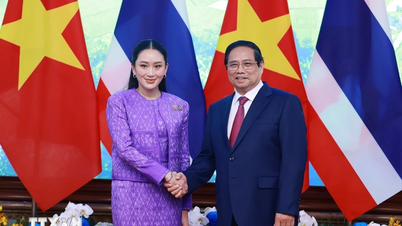
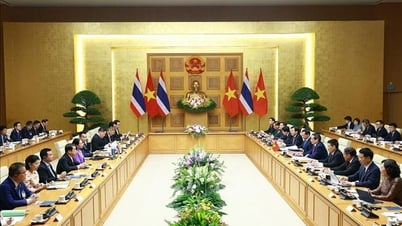

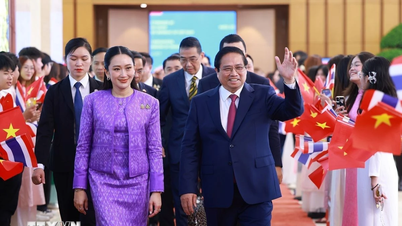

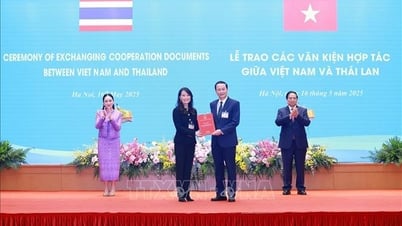




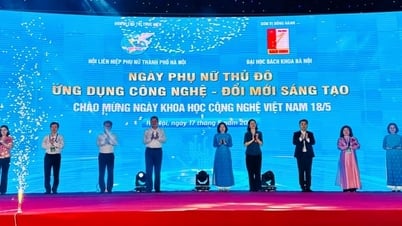



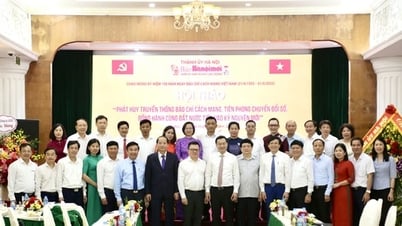
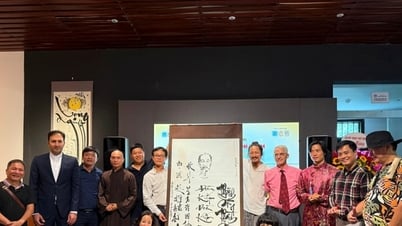
![[Photo] Nearly 3,000 students moved by stories about soldiers](https://vphoto.vietnam.vn/thumb/1200x675/vietnam/resource/IMAGE/2025/5/17/21da57c8241e42438b423eaa37215e0e)


















































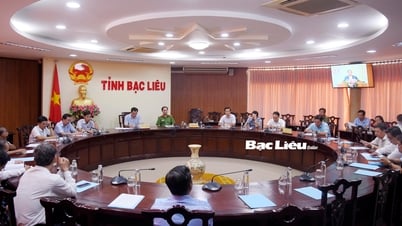




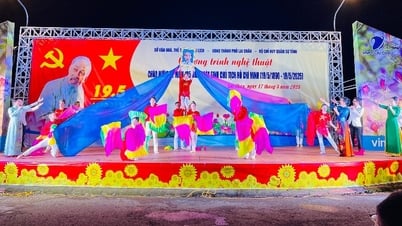











Comment (0)